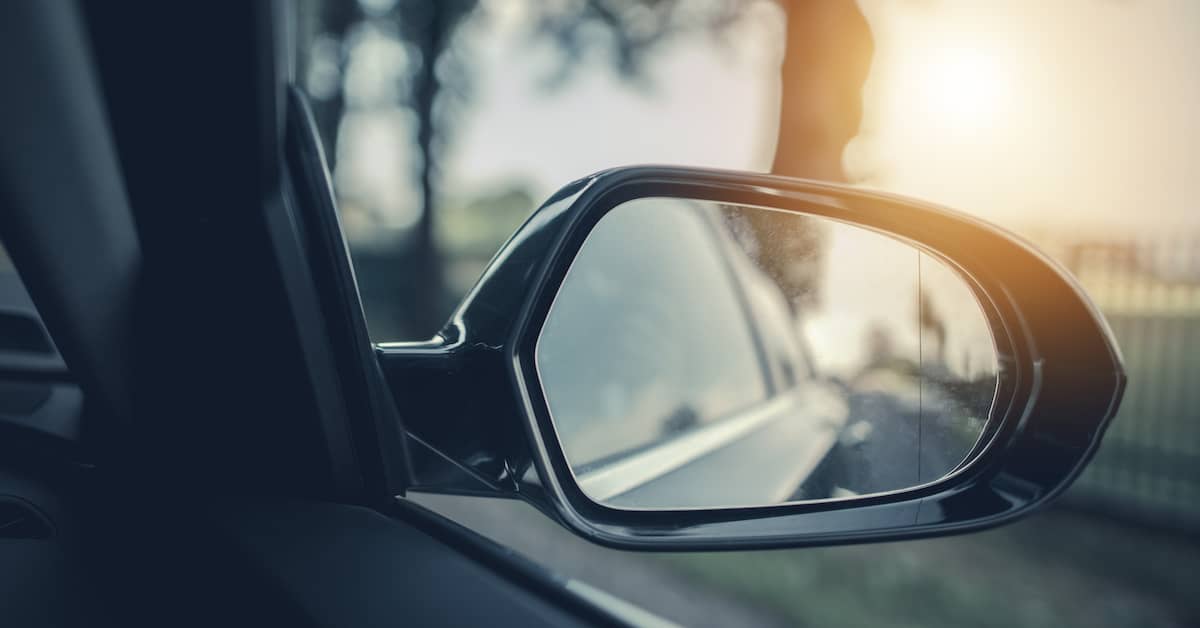
To drive safely, you need to be aware of the other vehicles that are on the road with you. The vehicles in front of you are easy to see. You can see the vehicles behind you in your rearview mirror. Passing vehicles are often visible in your side mirrors.
However, problems occur when cars pass into your blind spots – the areas around you that are not visible in either your side mirrors or rearview mirror. When other vehicles enter your blind spots, it is impossible to see them without turning your head from the natural driving position.
When drivers fail to check their blind spots, they increase the risk for collisions and for severe injuries. The experienced car accident attorneys at Studinski Law, LLC have seen firsthand the devastation that blind-spot collisions can inflict on the lives of accident victims. We have the knowledge and skill necessary to pursue the justice and compensation you deserve for your physical, emotional, and financial losses.
“Blind spots” refer to the areas you cannot see with your mirror or eyes without turning your head and diverting your gaze from the road in front of you. Blind-spot accidents can occur for a number of reasons, the most common of which include:
There are three important types of vehicle blind spots you should understand:
There are several ways to reduce the size of blind spots and avoid blind-spot accidents, including:
When determining fault in a blind-spot accident, it is necessary to establish which party or parties were negligent. In many instances, the driver with the blind spot who attempted to merge or change lanes is held responsible for the collision. However, that is not always the case. Fault ultimately depends on application of all relevant traffic laws.
To prove fault in these types of cases, you must demonstrate that the other driver’s negligence was responsible for the crash. This is why, if you have been involved in a car accident, it is in your best interest to speak with an experienced car accident lawyer. A car accident attorney understands the complexities of these cases and will conduct a thorough investigation to determine what factors led to your collision and if another driver’s negligence played a role in your accident. In trucking accidents, fault may also lie with entities other than the driver, such as the trucking company, maintenance crew, or the individuals responsible for loading the truck’s cargo.
Once an investigation is conducted and evidence is gathered to support your claim, a car accident attorney can help you pursue the full and fair compensation to which you may be entitled under the law.
Your first step toward the justice and compensation you may deserve for your car accident begins with a free, no-obligation consultation. Our seasoned car accident lawyer will listen to your side of the story and explain your rights and legal options.
See our results.
If you have been injured in a car wreck, call Studinski Law, LLC today at (715) 343-2850 for a free case review. Our car accident attorneys serve clients throughout Wisconsin, including Plover and Marshfield.
